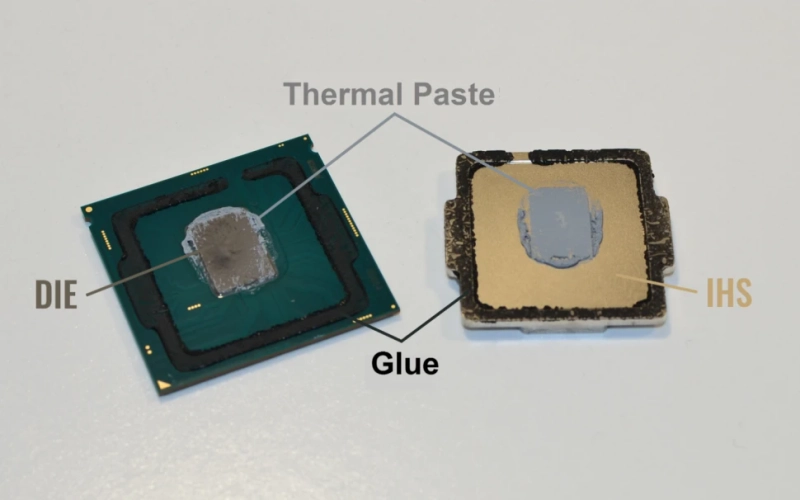Thermal property testing is an important part of circuit board thermal analysis. It helps you determine when and where your product will heat up during operation, as well as how hot it will get.
There are many different methods and techniques for measuring thermal conductivity and diffusivity. Each method has a specific measurement principle and is optimized for a certain range of materials.
Measurement Principles
Measurement principles relate to how a material is used in a particular test, how heat flow is measured, and how temperature measurements are made. These principles are important in thermal property testing because they allow a user to make accurate, reliable tests.
There are a variety of methods and techniques that can be used to determine the thermal properties of materials, including thermocouples, differential thermocouples, hot wire, and transient plane source methods. Each of these methods has its own advantages and disadvantages, and it is important to choose the method that best fits your needs.
Differential thermocouples can be used to measure the thermal conductivity of a solid or liquid sample by using an electrical current in a wire. This current produces a temperature drop across a given distance of the sample, which is then measured.
The difference of these two measurements is then used to calculate the thermal conductivity of the sample. This measurement technique is typically used to test thin-walled or thin-film samples with a relatively low thermal conductivity.
Heated-needle probes are a variant of the hot wire technique that uses a heated-needle to conduct an electrical current through the material. This method is also an excellent choice for granular materials such as soils, powders, and natural products.
These instruments can be used to measure the thermal conductivity and thermal diffusivity of a wide range of materials, including solids, fluids, pastes, and thin films. They can also be used to determine the thermal contact resistance of materials by comparing their measurements with a standard reference material.
Steady-State Methods
A steady-state technique is a method that performs a measurement when the temperature of the material being measured does not change over time. Steady-state techniques are typically more precise and repeatable than other methods.
A steady-state technique can be applied to a variety of materials, but it is most commonly used for testing thermal conductivity and thermal diffusivity. These are two of the most common measurement properties of insulation materials, and are also important for thermal performance evaluation.
Steady-state techniques are more reliable than transient methods, as they can be used to characterize a wide range of samples. They are also more convenient to use.
The standard steady-state method for conducting thermal conductivity measurements is the heat flow meter (HFM). This method is widely accepted as the gold standard for determining the thermal properties of insulation products, and has been adopted by a number of industries.
Although this method is more accurate than the HFM, it has several limitations that make it less desirable in some cases. These include a long sampling time and the possibility that contact resistance can affect the results.
A recent development in this area is the transient plane source (TPS) technique. This technique is similar to the traditional hot-strip method, but it eliminates contact resistance that can be a significant factor in the thermal conductivity and thermal diffusivity of a material.
Click here to read more: https://www.acsmaterial.com/blog-detail/why-your-thermal-measurement-technique-matters.html
Transient Methods
Transient methods are used to measure a wide range of physical properties. They are also a good tool for determining the suitability of products for use in harsh environments.
Thermal properties are often determined by measuring the expansion of materials at high temperature. This is done using a variety of techniques and is commonly performed on raw materials, semi-finished or finished goods to determine their suitability for a particular application.
This method can be used to measure the thermal conductivity of materials between 0.1 and 50 W/(mK). It is useful for evaluating the suitability of materials for specific applications, such as in heating systems or refrigeration applications.
A new technique is gaining popularity to test the thermal diffusivity of porous materials. This technique combines the use of a film heat sensor to measure the temperature and heat flux of the sample, while a deconvolution algorithm is used to render the results proper to simpler models for the same geometry.
This study shows that this technique can be applied to samples of natural rock in order to determine the thermal diffusivity of the material and to estimate its volumetric heat capacity. The measurements are compared with those obtained by a steady-state divided bar apparatus.
This method is especially suitable for testing the thermal conductivity of insulating materials, such as foams and ceramics. In addition, it can be used to evaluate the performance of thermal insulation panels.
Comparison Methods
The measurement of thermal properties can be achieved with a wide range of apparatus and techniques, some of which are more suitable for certain types of materials or temperature ranges. Regardless of the technique, there are certain principles of operation that are common to all of them.
Other examples include the hot plate, heat flow meter and Infrared Thermography methods that are used to measure a variety of building envelope thermal properties. The guarded hot plate method is the most accurate of all, but it requires large sample sizes and precise sample preparation to achieve accuracy.
One of the most useful features of the hot plate is its ability to simulate different temperature gradients in the same test. This makes it possible to investigate the thermal properties of building materials under conditions that are more realistic than can be accomplished with other methods.
Despite the fact that these tests are a lot more difficult than they look, they can provide important information about the thermal properties of a particular material. This information can then be used to help design insulation materials that will function properly in a specific application.
Thanks for visiting writeupcafe
0


